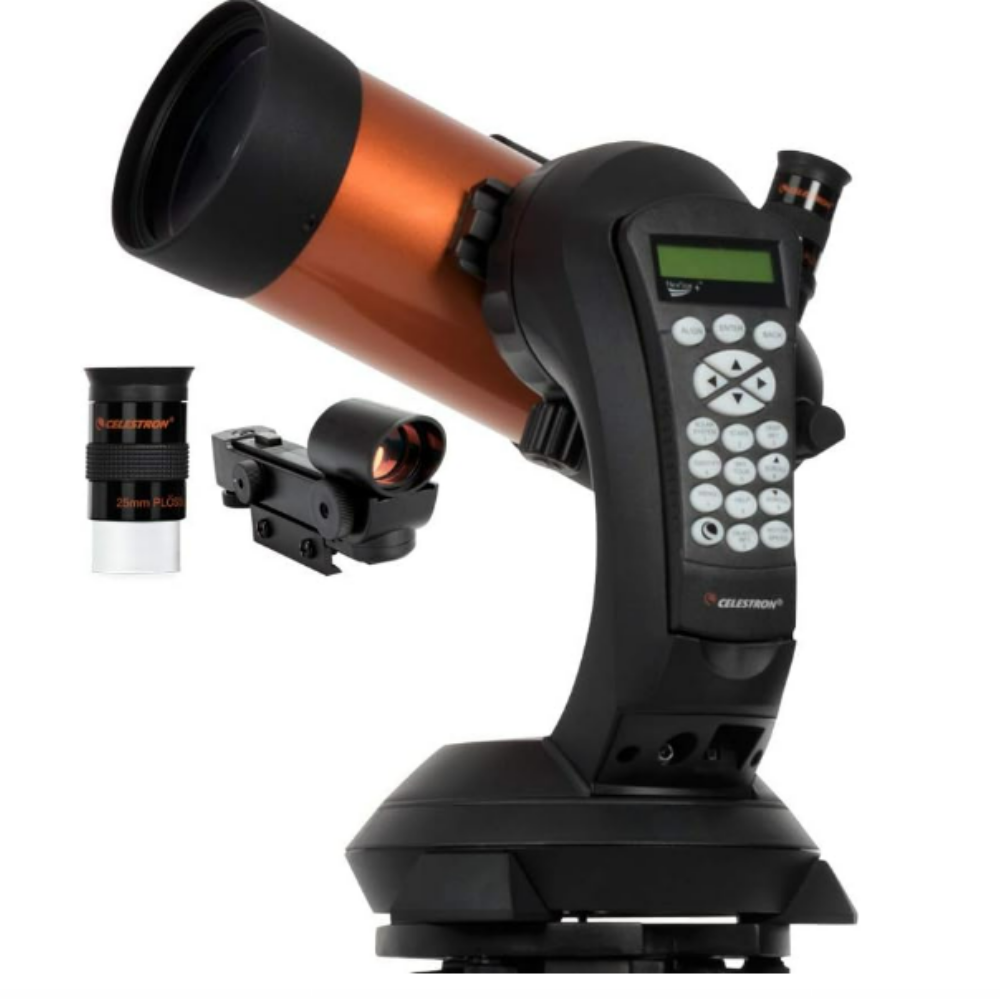Explore This Section Science NASA STEM Projects NASA Interns Conduct Aerospace… Overview Learning Resources Science Activation Teams SME Map Opportunities More Science Activation Stories Citizen Science 3 min read NASA Interns Conduct Aerospace Research in Microgravity The NASA Science Activation program’s STEM (Science, Technology, Engineering, and Mathematics) Enhancement in Earth Science (SEES) Summer Intern Program, hosted by the University of Texas Center for Space Research, continues to expand opportunities for high school students to engage in authentic spaceflight research. As part of the SEES Microgravity Research initiative, four interns…
Read MoreAuthor: NeRD
Sols 4549-4552: Keeping Busy Over the Long Weekend
Curiosity Navigation Curiosity Home Mission Overview Where is Curiosity? Mission Updates Science Overview Instruments Highlights Exploration Goals News and Features Multimedia Curiosity Raw Images Images Videos Audio Mosaics More Resources Mars Missions Mars Sample Return Mars Perseverance Rover Mars Curiosity Rover MAVEN Mars Reconnaissance Orbiter Mars Odyssey More Mars Missions Mars Home 4 min read Sols 4549-4552: Keeping Busy Over the Long Weekend NASA’s Mars rover Curiosity acquired this image using its Left Navigation Camera on May 23, 2025 — Sol 4548, or Martian day 4,548 of the Mars Science…
Read MoreCareer Spotlight: Mathematician (Ages 14-18)
5 Min Read Career Spotlight: Mathematician (Ages 14-18) What does a mathematician do? Mathematicians use their expert knowledge of math to solve problems and gain new understanding about how our world works. They analyze data and create mathematical models to predict results based on changes in variables. Many different fields rely heavily on math, such as engineering, finance, and the sciences. Using math to solve real-world problems is called “applied math.” This is different from “abstract math,” which refers to the study of the structure of mathematics. At NASA, applied…
Read MoreNASA satellites show Antarctica has gained ice despite rising global temperatures. How is that possible?
Antarctica has gained ice in recent years, despite increasing average global temperatures and climate change, a new study finds. Using data from NASA satellites, researchers from Tongji University in Shanghai tracked changes in Antarctica’s ice sheet over more than two decades. The overall trend is one of substantial ice loss on the continent, but from 2021 to 2023, Antarctica gained some of that lost ice back. However, this isn’t a sign that global warming and climate change have miraculously reversed. Picture a long ski slope with a small jump at…
Read MoreScientists worry Trump’s budget cuts will halt satellite air pollution studies: ‘It’s incredibly short-sighted’
Crucial research into the effects of rocket and satellite air pollution on Earth’s atmosphere is reportedly being cut as part of Donald Trump administration’s cuts to climate science budgets. Experts say the cancellation comes at the worst time and will cause a major setback for the emerging field of science. Research funding for the U.S. National Oceanic and Atmospheric Administration (NOAA) is set to be cut by an estimated $1.52 billion with funding covering climate science to be hit the hardest, according to Science. These cuts are expected to include…
Read MoreJohnson’s Paige Whittington Builds a Symphony of Simulations
What do music ensembles and human spaceflight have in common? They require the harmonization of different elements to create an inspiring opus. NASA’s Paige Whittington has experience with both. As a principal flutist for Purdue University’s Wind Ensemble, Whittington helped fellow flutists play beautiful music together while pursuing her graduate degree. Now, as a space exploration simulation architect at Johnson Space Center in Houston, she strives for a cross-team harmony that can inform the agency’s Moon to Mars exploration approach. “Simulation often sits at the intersection of several teams because…
Read MoreSee Jupiter pair up with a sliver of the moon tonight
Jupiter will soon end its brilliant year-long showing on consecutive evenings with a rendezvous with an exceedingly thin and very young crescent moon. Indeed, for the first opportunity on Tuesday, May 27, the moon itself will appear so thin and low that it may be rather hard to detect in the sun’s afterglow; and seeing Jupiter itself will not be an easy task either, appearing to sit about 10 degrees to the upper left of the slender lunar sliver. The moon will be only about 1% illuminated and will be…
Read MoreSummary of the 2024 SAGE III/ISS Meeting
Explore This Section Earth Earth Observer Editor’s Corner Feature Articles Meeting Summaries News Science in the News Calendars In Memoriam More Archives Conference Schedules Style Guide 19 min read Summary of the 2024 SAGE III/ISS Meeting Introduction The Stratospheric Aerosol and Gas Experiment (SAGE) III/International Space Station [SAGEIII/ISS] Science Team Meeting (STM) took place on October 22–23, 2024, in a hybrid format. Approximately 50 scientists attended in person at NASA’s Langley Research Center (LaRC) – see Photo. Participants included researchers from U.S. universities, NASA LaRC, NASA’s Goddard Space Flight Center…
Read MoreBest streaming services for Sci-Fi fans in 2025: Disney Plus, Netflix, Hulu, Apple TV Plus, and more
If you’re looking through the best streaming deals and wondering what the best streaming services for Sci-Fi fans are, then we’ve got the answers for you. It’s pretty hard these days to commit to just one streaming service and while there may be one, two, or even more below that you want to invest in, it all comes down to what they offer – and what your budget will allow. So, depending on what you’re after, there’s a category where each streaming service excels. From best Sci-Fi blockbusters, to TV…
Read MoreBest cameras under $2000 2025: Top picks to suit any budget
If you have a particular budget in mind and you want to find out what the best camera under $X is, then you’ve come to the right place. Our reviewers have narrowed down your options and put together a list of some of the best cameras on the market today within each individual price bracket. You can browse all the cameras within your upper limit, or scan down the page to find out which additional features might justify a jump in price if your budget is a bit more flexible.…
Read More








